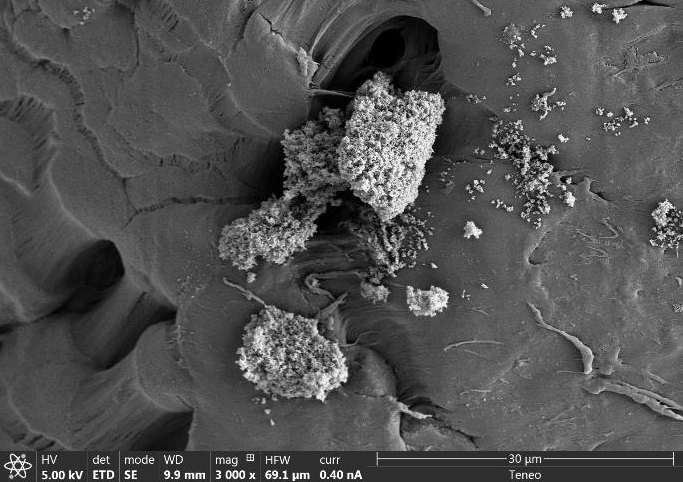CONGRESS: 19th European Meeting on Supercritical Fluids
AUTHORS: I. García-Casas, D. Valor, A. Montes, C. Pereyra and E.J. Martínez de la Ossa
ABSTRAC: Metal oxide nanoparticles are becoming widely used in the field of medicine for the functionalization of medical implants. From this perspective, biomaterials used in wound healing and tissue engineering are one of the components to which the academic community is focusing with more emphasis. Of all the biomaterials, polymers are the most commonly employed for these types of applications. It is essential that polymeric materials used for tissue engineering exhibit properties such as porosity, fibrosity, permeability and mechanical stability in order to be able to simulate successfully the extracellular matrix. Scaffolds promote structural attachment for cell adhesion and subsequent tissue regeneration, fulfilling the already mentioned properties [1].
This work aims to show the feasibility of impregnating bimetallic NPs (Ti-Ce) obtained in a previous work using the SAS technique. These NPs present a notable increment of their specific surface area compared to their commercial state after being obtained by the SAS process.
Consequently, it is of interest to attach them to a polymer such as PCL, which is widely used in tissue engineering, in order to provide this biopolymer with a broader functionality. To this end, a supercritical impregnation equipment has been used. The P and T conditions in which the PCL performs foaming have been set, in order to impregnate it with these NPs. For these experiments, the conditions to be studied were the percentage Polymer/NPs (1-5 % w/w) and the depressurization speed (1-40 bar/min).


